By the end of the day, the city had more than 60 flooded areas, some of which were nearly 1 meter deep, and many central streets had turned into “rivers”. Many parents and students struggled to find their way home in the rain and wind, and some families were even forced to leave their children at school overnight. Until late on September 30, many people were still stuck on the road.
Previously, the Northern Hydrometeorological Station had warned from the morning of September 29 that Hanoi would have heavy to very heavy rain, accompanied by whirlwinds, lightning, and strong gusts of wind. But what is worth mentioning is that the response of the management agency was slow. It was not until noon on September 30, when many streets were submerged in water, that the Hanoi Department of Education and Training issued a notice requesting flooded schools to proactively plan their learning. The notice came too late, because at the time of issuance, parents and students were stuck on the streets or at school. The images of parents and students trudging through the rain and wind shared on social networks have fueled a wave of indignation about the lack of initiative in responding to emergency situations.
Notably, by October 1, when the rain had cleared and the water had basically receded, students in many schools still had to stay home from school according to a previously issued rigid document. This reality shows the loopholes in urban management and emergency response: forecasts were made, risks were foreseen, but the administrative response mechanism was still heavy on waiting and inflexible. This is a warning about a management mindset that is no longer suitable in the digital age: a large city cannot operate with a "waiting for instructions mindset", but needs to be based on a modern management model of early warning, quick response, and clear decentralization of responsibilities.
Lessons from the flood incident show that the decision to let students stay home from school or study online needs to be designed into a ready-made response scenario, similar to the regulation on school closure due to severe cold below 100C in the North. There cannot be a rigid regulation for all situations, but it is completely possible to empower principals to flexibly choose: teaching in person, studying online or taking a break, depending on the local situation. In the context of digital transformation, organizing online learning when natural disasters and floods occur is feasible, as long as the education sector prepares scenarios and infrastructure in advance.
Flooding caused by heavy rains may be a natural disaster, but the scenes of students and parents struggling in chaos in recent days are "man-made disasters", the result of a slow response system. A modern city cannot leave its people helpless in the rain and wind like that. This lesson requires Hanoi and more broadly, large cities in Vietnam to urgently change their management mindset, to be proactive instead of passive, flexible instead of rigid, and to act early instead of waiting.
Source: https://www.sggp.org.vn/hay-hanh-dong-som-thay-vi-cho-doi-post815855.html





![[Photo] Prime Minister Pham Minh Chinh meets with representatives of outstanding teachers](https://vphoto.vietnam.vn/thumb/1200x675/vietnam/resource/IMAGE/2025/11/15/1763215934276_dsc-0578-jpg.webp)
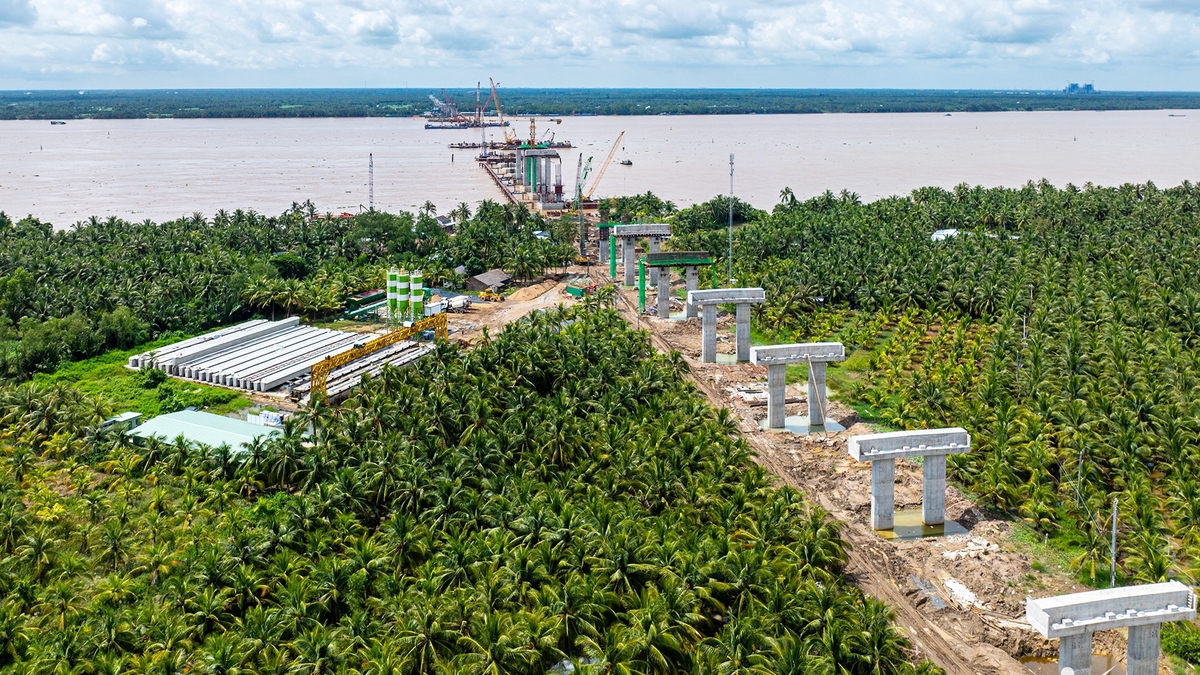










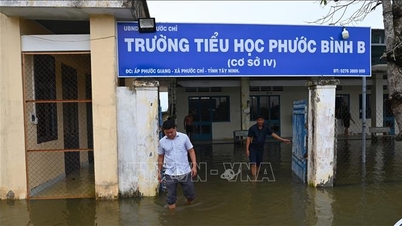







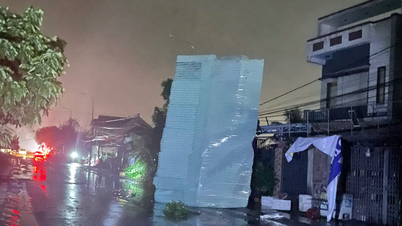
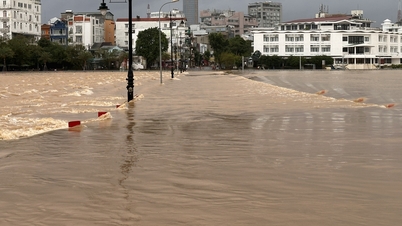




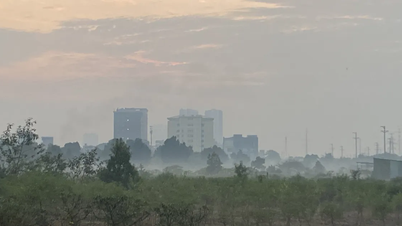
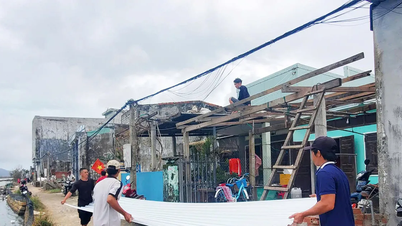




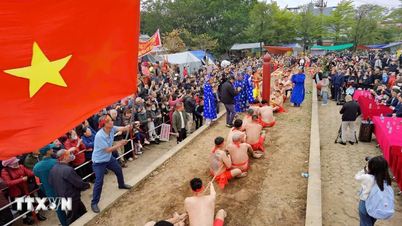




















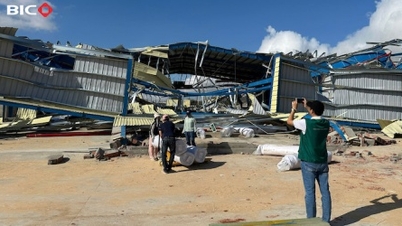



















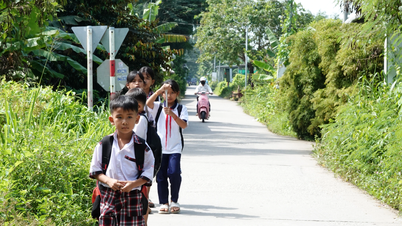













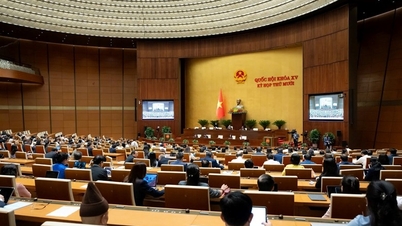





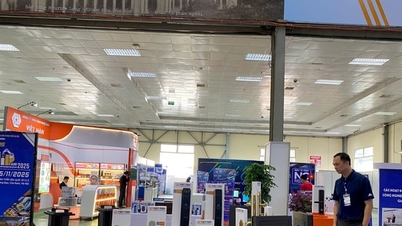








Comment (0)